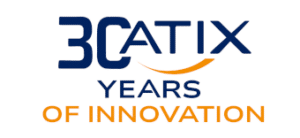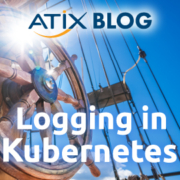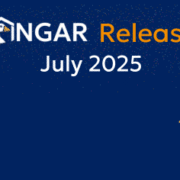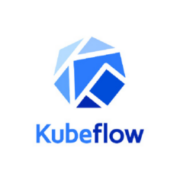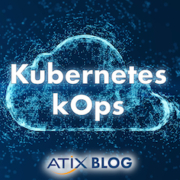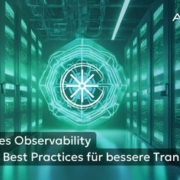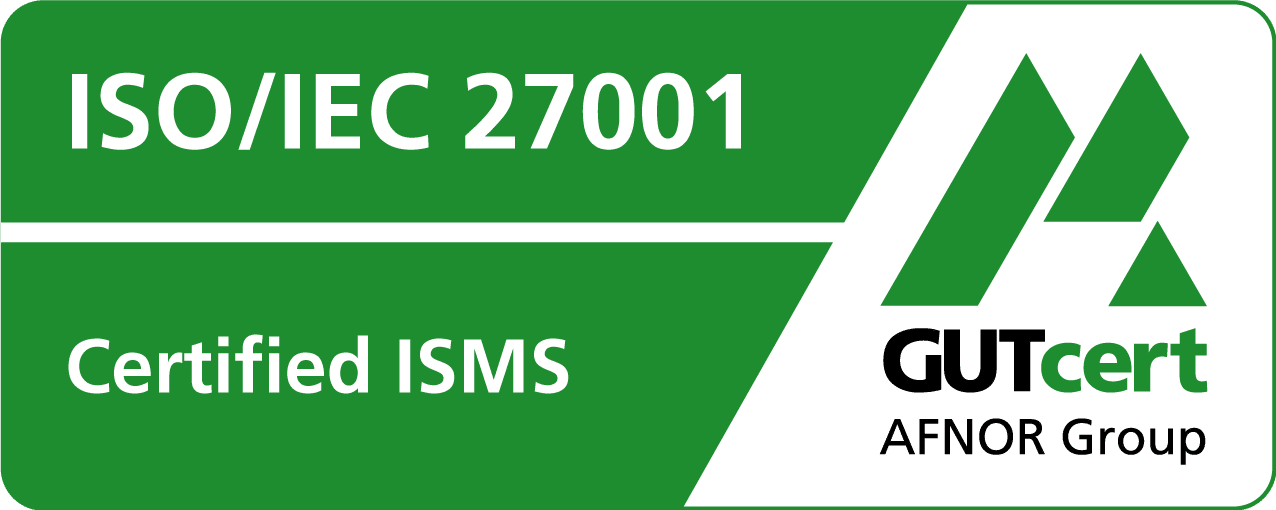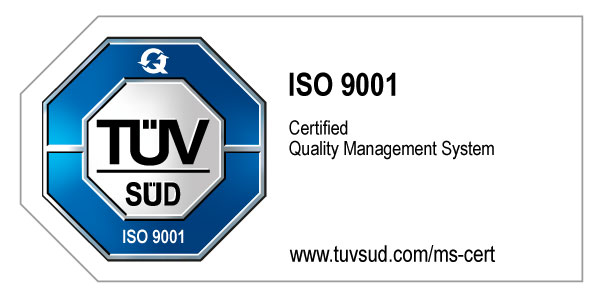Hangar 10_2025: More stability, automation, and transparency for Kubernetes clusters
With the October 2025 release (version 10_2025), Hangar takes Kubernetes cluster management to a new level. The release brings profound architectural changes that simplify operations, increase reliability, and noticeably reduce the workload for administrators.
The focus is on the introduction of the operator pattern—a technological milestone that fundamentally changes the management and automation of Kubernetes clusters.
Why the operator pattern is a game changer
In the new version, Hangar itself becomes a Kubernetes-native operator.
Instead of requiring manual intervention, scripts, or external tools, clusters and environments are now managed declaratively via Custom Resource Definitions (CRDs).
This means less complexity, more stability, and a clear step toward complete automation in the cluster lifecycle.
What this means in practice:
- Declarative configuration: Changes can be mapped via CRDs – repeatable, traceable, and versionable.
- Automatic lifecycle management: Hangar constantly displays the status of the clusters created.
- Greater stability: Close integration with the Kubernetes ecosystem makes operation more robust and reduces maintenance.
For administrators, this means fewer manual interventions, fewer sources of error, and more time for actual development or optimization tasks.
Faster provisioning of cluster environments
Whether for testing, development, or training, clusters are the backbone of modern IT work today.
With Hangar 10_2025, new environments can be deployed in seconds. Declarative configurations allow administrators to create specific setups directly from Kubernetes without complicated templates or scripts.
Now supported:
- Test environments for controlled component testing or integration testing
- Development environments with flexible resource allocation
- Training environments for training with optimized performance
This saves time, increases consistency, and makes cluster management significantly more efficient.
Greater security through enhanced multi-tenancy
Especially in larger organizations, the clear separation of roles and access rights is crucial.
Hangar 10_2025 greatly expands multi-tenancy capabilities. Administrators can now control access even more granularly and manage it automatically.
New in this release:
- Role-based permissions for users and teams
- Automatic KubeConfig generation depending on role and cluster
- Integration of Keycloak for centralized identity management and single sign-on
This ensures greater security in multi-tenant setups – and saves time when managing user access.
Better overview in node management
Anyone who operates multiple clusters knows the challenge of keeping track of nodes and resources.
Hangar’s revamped node management provides a solution.
The new UI displays node resources transparently, including status and size.
Optimized resource allocation ensures that hardware is used more efficiently and bottlenecks are detected early.
The result: more stable operation with better resource utilization.
Infrastructure as code – now across the board
Hangar has long followed the infrastructure as code principle.
With version 10_2025, this concept has been implemented even more strongly – including the integration of Keycloak directly into the Hangar Helmchart.
This allows environments to be not only automated, but also deployed in a reproducible and versioned manner.
This brings greater consistency and shorter setup times, especially for teams with multiple development or test environments.
Highlights:
- Preconfigured Keycloak instances for dev and test environments
- Flexible Helmchart options for different deployment scenarios
- Clear separation between development, test, and production environments
More performance, less effort
Behind the scenes, a lot of work has been done on performance and reliability. The Hangar team has expanded the test suite, optimized the CI/CD pipeline, and ensured compatibility with the latest Kubernetes versions (1.31–1.33).
For you as an administrator, this means:
- Stable releases
- Faster installation and configuration
- Less manual intervention and fewer sources of error
The result: a more reliable system with clear processes and transparent workflows.
Conclusion: Stability meets automation
The Hangar October 2025 release (10_2025) represents a mature interplay of architecture, automation, and user-friendliness.
With the new operator pattern, expanded role and rights concepts, and improved resource management, Hangar is now one of the most stable and flexible platforms for managing modern Kubernetes clusters.
New datasheet available:
All new features and technical details can be found in the updated Hangar datasheet.
